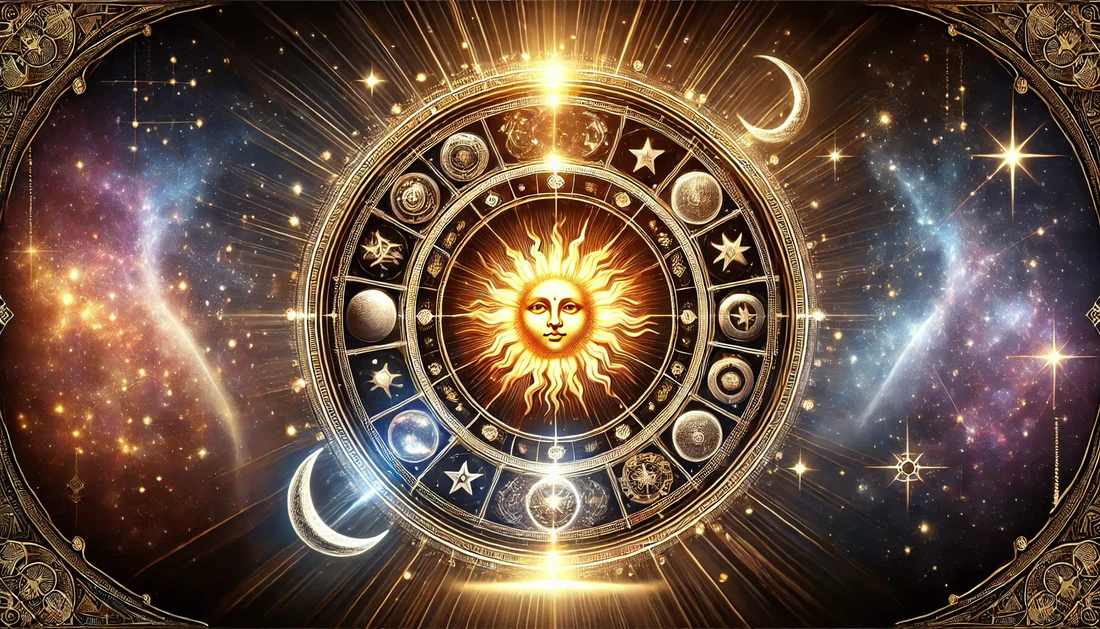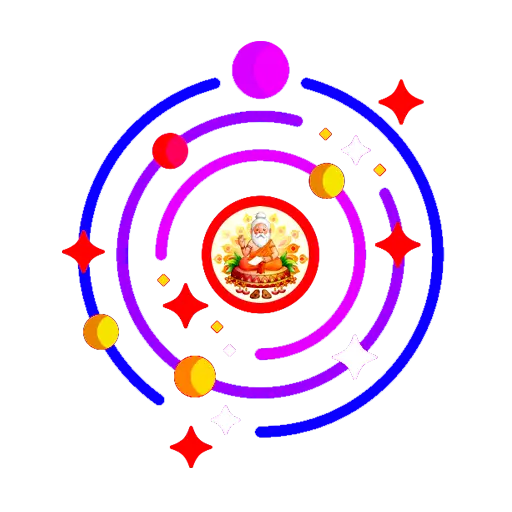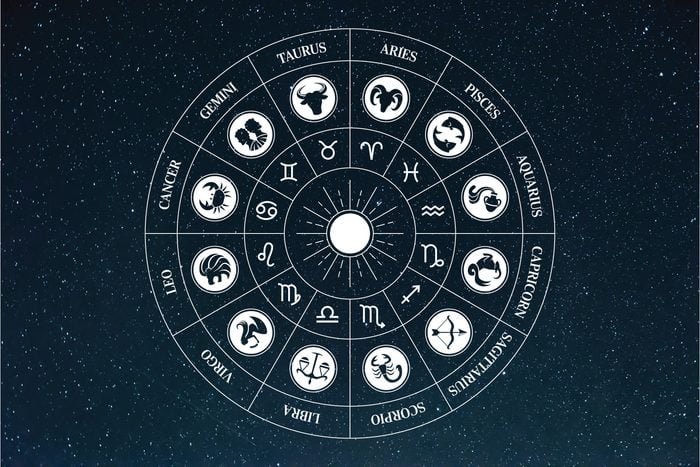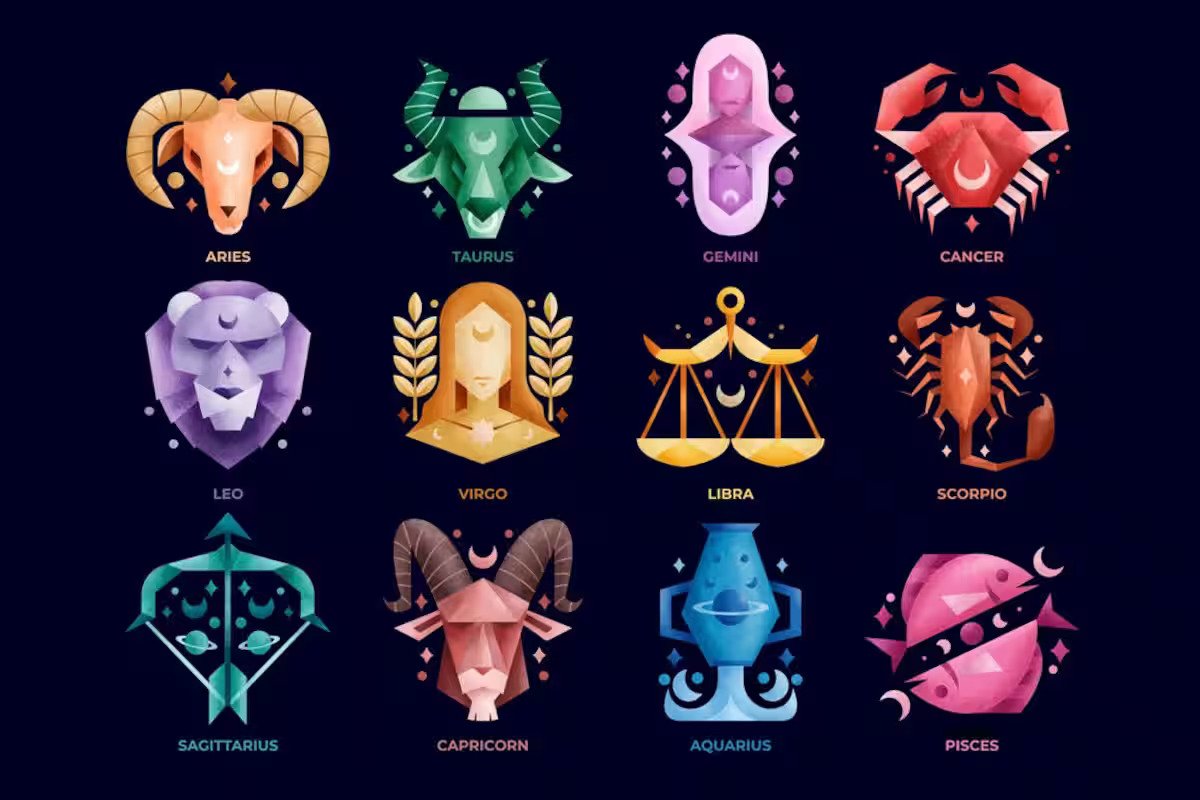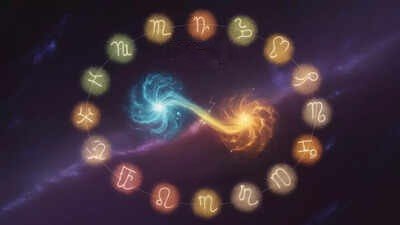From Sun to Moon: Decoding Your Complete Horoscope
Introduction:
In astrology, your horoscope is more than just a snapshot of where the planets were at the time of your birth. It’s a profound tool that offers deep insight into your personality, relationships, career, and overall life path. When most people think of their horoscope, they focus on their Sun sign, but there is so much more to uncover. In this blog post, we’ll dive into the full astrological chart, exploring not just the Sun sign, but also the Moon sign, Rising sign (Ascendant), and the other planetary placements that make up your complete horoscope.
What Is a Complete Horoscope?
A complete horoscope, or natal chart, is a map of the positions of the Sun, Moon, planets, and other celestial bodies at the exact moment of your birth. Every detail in this chart impacts multiple facets of your personality, emotional nature, desires, and what happens to you in this life. While the Sun and Moon are the most meaningful celestial entities in your birth chart, Venus, Mars, and Mercury are additional planets that help shape the person you are.
1. The Sun: Essence of Who You Are
This means that your Sun sign embodies what makes you, who you really are—the "core" of your being. This basically reveals your personality, the way you relate to life, and your ego at large. Your Sun represents the zodiac sign under which the Sun was transiting when you were born. This is the zodiac sign that most people know about, such as Aries, Taurus, Gemini, etc.
Creativity, self-expression, confidence, and vivacity are key traits related to the Sun.
In your life: The Sun shows how you identify with yourself and how you would like to shine in the world.
Example: If you are a Leo, then your Sun is in Leo, which represents an outgoing, warm, and charismatic personality who loves being in the spotlight.
2. The Moon: Your Emotional Landscape
Your Moon sign represents your world of emotion, inner needs, instincts, and subconscious responses. Your conscious identity is displayed by your Sun sign, while the Moon controls your emotional inner life: how you feel, how you nurture yourself, and how you react emotionally to situations. The Moon travels so rapidly through the zodiac that you'll need to have an accurate time and location of birth to identify your Moon sign.
The most essential characteristics of the Moon are feelings, moods, instincts, and subconscious emotions.
Effects on your life: The Moon affects your mood, sense of comfort, and interaction with others, on an emotional level.
Example: If your Moon is in Cancer, then you feel comforted with family life, home environment, and nurturing others. You will also be sensitive to others' feelings.
3. The Ascendant or the Rising Sign: Your Mask to the World
The rising sign is referred to as the zodiac sign that was present in the horizon at the time of your birth. Sometimes called the "mask," the rising sign portrays how you would show up in front of the world, and it reflects the outside aspect of your character as how people view you first. While the Sun reveals your inner self and the Moon is the reflection of your emotional nature, the Ascendant is the face you wear in public.
Key characteristics of the Ascendant: First impressions, appearance, behavior, and how you project yourself in social settings.
How it influences your life: Your Rising sign will influence how you take action and what kind of experiences you may attract.
Example: If your Rising sign is Sagittarius, you might appear adventurous, enthusiastic, and optimistic, even if your inner emotional world (your Moon sign) is more reserved.
4. The Inner Planets: Venus, Mars, and Mercury
Each of these planets reveals an important part of your personality and life path.
Venus (Love and Attraction): Venus rules love, beauty, romance, and relationships. It shows what you value, what makes you feel loved, and how you approach relationships.
Example: If Venus is in Taurus, you might value stability and sensual pleasures in relationships.
Mars (Drive and Passion): Mars is the planet of action, desire, and aggression. It indicates how you assert yourself, what motivates you, and how you deal with challenges.
Example: Mars in Aries gives a person a bold, direct, and competitive nature.
Mercury (Communication): Mercury is the planet of intellect, communication, and reasoning. It tells us how we process information, how we communicate, and our intellectual interests.
Example: Mercury in Gemini makes for a quick-witted, communicative, and curious mind.
5. The Outer Planets: Jupiter, Saturn, Uranus, Neptune, and Pluto
These planets move slowly and have generational impacts, affecting bigger aspects of society and the life course of large-scale events. These planets are involved with higher learning, career paths, transformations, and spiritual development.
Jupiter (Expansion and Luck): Jupiter rules growth, expansion, philosophy, and abundance. He is associated with good luck and higher education.
Jupiter in Pisces example: This aspect may present intuitive insight and a tie to spiritual wisdom.
Saturn (Discipline and Responsibility): Saturn teaches us discipline, structure, and the long-term lessons we need to learn in life.
Example: Saturn in Capricorn emphasizes hard work, responsibility, and a pragmatic approach to life.
Uranus, Neptune, and Pluto: These planets affect large generational trends, but they also deal with transformation (Pluto), spirituality (Neptune), and innovation (Uranus).
6. The Houses: Where Your Life Plays Out
In an individual's natal chart, each house represents a different area of life, and where the planets are placed can indicate how those areas will be affected. For example, the 1st house refers to the self and physical appearance, whereas the 7th house refers to relationships and partnerships.
Example: If your Venus falls in the 7th house, love and partnership could form the center of your life, and you may have an innate tendency to search for balance and harmony in a relationship.
7. Aspects: How the Planets Interact
Aspects indicate the angles between different planets in a chart, and these could show how energies of such planets work in tandem— either harmoniously or with tensions. Conjunctions, squares, trines, and oppositions are among the many examples of aspects that affect the way in which you would express those energies of planets in the chart.
Example: A square between your Mars and Venus might indicate tension between your drive and how you approach love and relationships.
